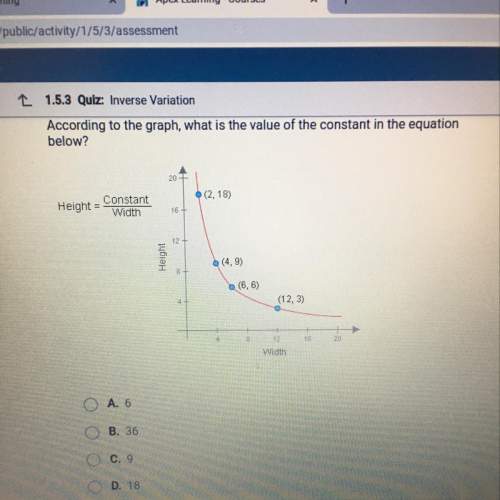starting with:
5 + x - 12 = 2x - 7
5 + x - 12 - x = 2x - 7 - x (subtract x from both sides)
5 - 12 = x - 7 (combine and cancel x's from both sides)
5 - 12 + 7 = x - 7 + 7 (add 7 to both sides)
0 = x (add numbers together on both sides)
so in order for the equation to be true, x must be 0.
trying x = -0.5
5 + x - 12 = 2x - 7 (original equation)
5 + -0.5 - 12 = 2(-0.5) - 7 (plug in value of x)
5 + -0.5 - 12 = -1 - 7 (did multiplication)
-7.5 = -8 (did addition on both sides)
since -7.5 is obviously not equal to -8, the value of -0.5 for x is wrong.
trying x = 0
5 + x - 12 = 2x - 7 (original equation)
5 + 0 - 12 = 2(0) - 7 (plug in value of x)
5 + 0 - 12 = 0 - 7 (did multiplication)
-7 = -7 (did addition on both sides)
since -7 equals -7, that demonstrates that the value of 0 for x is correct.
trying x = 1
5 + x - 12 = 2x - 7 (original equation)
5 + 1 - 12 = 2(1) - 7 (plug in value of x)
5 + 1 - 12 = 2 - 7 (did multiplication)
-6 = -5 (did addition on both sides)
since -6 is obviously not equal to -5, the value of 1 for x is wrong.

















